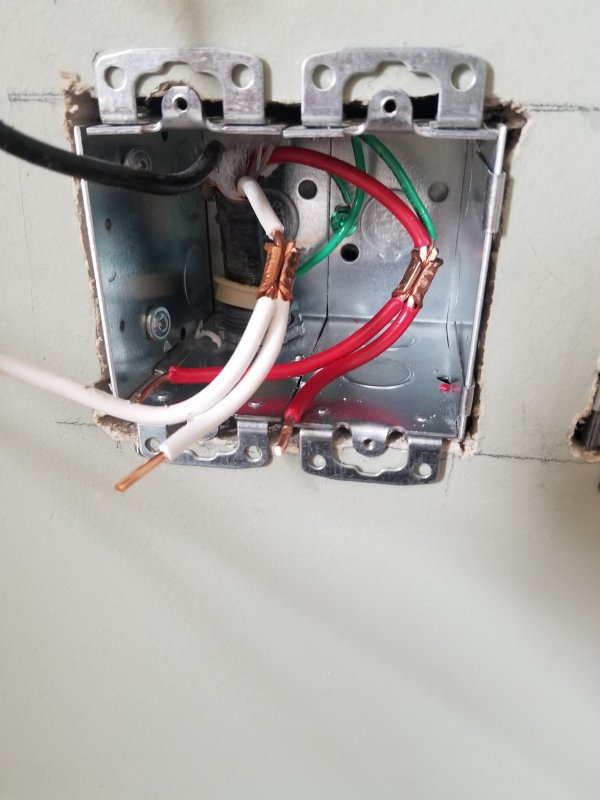If you have access to the fuseholder and a Digital Voltmeter, you can correlate what you hear when you do the changes with the resulting Voltage drop from one connection of the fuseholder to the other.This is all fascinating stuff to we novices. I am definitely going to experiment with fuse direction once I receive them. I ordered four AMR fuses for switches and FMCs and one for my Zidoo media player. As @Kingrex said, it is a free tweak, so why not try. If it does nothing, I've confirmed it myself. If I think I hear a difference, that's fine too. Whatever makes us happy!
Back in 1990 we were designing our MA-2 amplifier which we knew would draw a fair bit of current. So we separated the internal AC circuits (since there were two large power transformers in the amp) and ran each transformer with its own AC power cord. This minimized the effect of the power cords, internal wiring and the fuses. For the fuses, we chose midget cartridge fuses since they have vastly superior holders with a lot more surface area for the fuse to make contact. They way outperform 'boutique' fuses. If you're serious about fuses, something to look in to.







